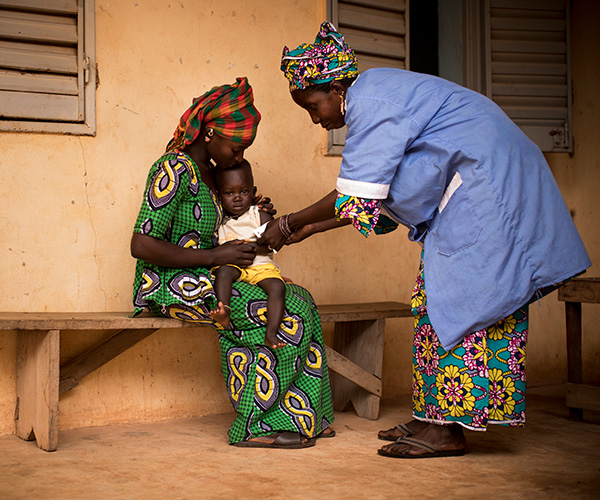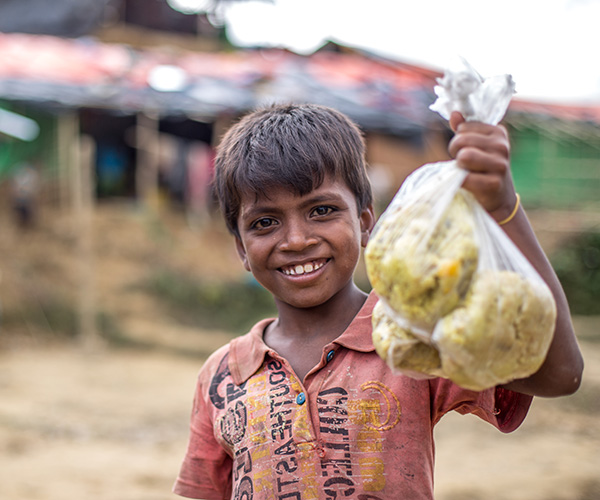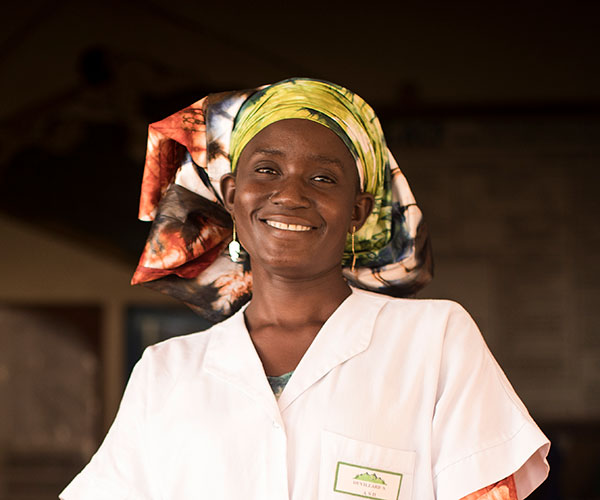About us

We save the lives of malnourished children and support their families to beat hunger.

All over the world, women and girls are more likely to go hungry. And more likely to suffer from malnutrition. In fact, sixty percent of those who experience chronic hunger are female. But why is it that?
The health and wellbeing of women is paramount to the good health of all members of the family. Women are uniquely placed to lead the fight against hunger – as farmers, caregivers and business leaders.
60% of people who are chronically hungry are women
A third of mothers worldwide don't have the food they need
29% of women of reproductive aged (15-49) are anaemic, because of a lack of iron in their diet.
Action Against Hunger works in 51 countries around the world. Give today and help support women and girls facing hunger right now, and help us fight for long-term solutions for gender-related hunger.
Here’s what your donation could help to do:
Your donation will be used wherever the need is greatest.
Women and girls are the most vulnerable to malnutrition around the world. Help us be there for them.

We save the lives of malnourished children and support their families to beat hunger.

Discover how your donation helps us support 28 million people in 55 countries.

At all times, our aim is to save the lives of vulnerable people affected by hunger.